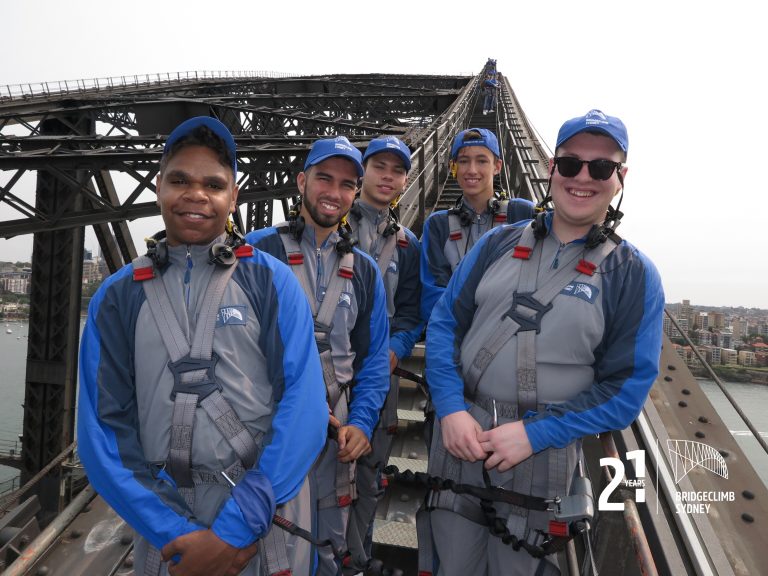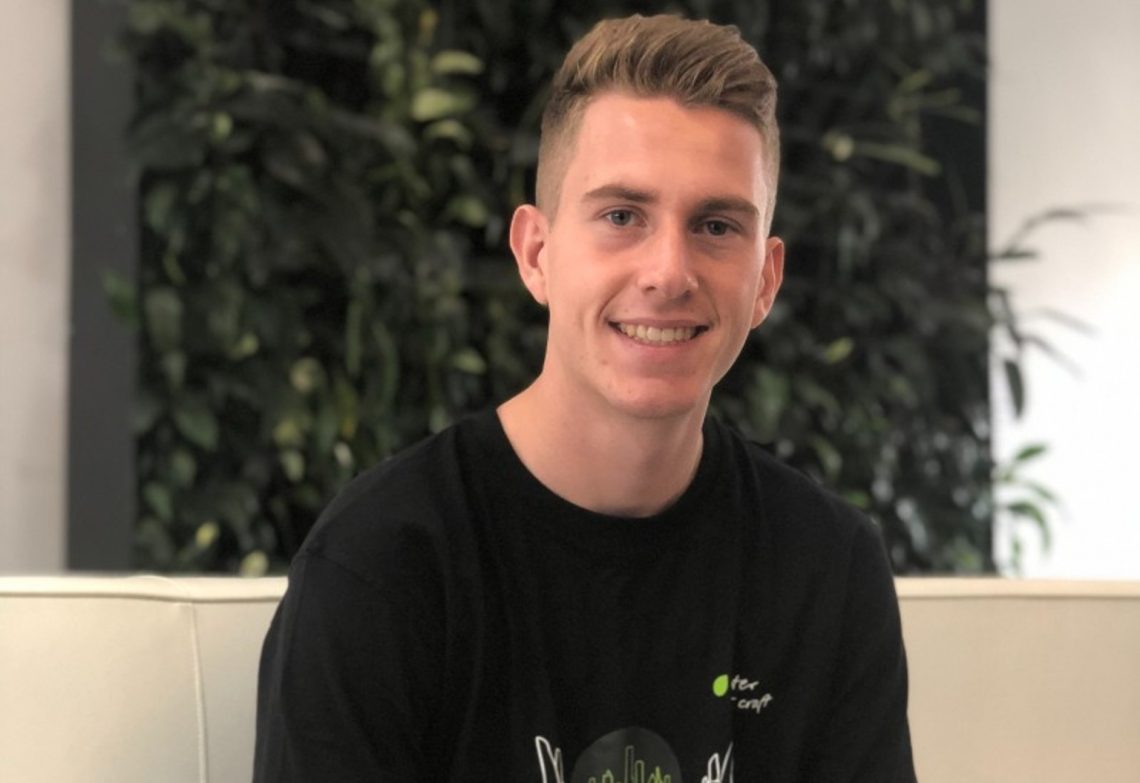To celebrate this year’s NAIDOC week theme — Get Up! Stand Up! Show Up! — create looks at how Engineering Aid Australia has fostered Indigenous participation in engineering for 25 years.
When civil engineer Jeff Dobell contacted Sydney University in 1996 to recruit Indigenous engineers, they told him only one Indigenous engineer had graduated from the university and there were only around five in Australia. Dobell recognised the huge potential for Aboriginal and Torres Strait Islander people to help their communities and the country and established not-for-profit Engineering Aid Australia (EAA) to encourage young Indigenous high school students to become professional engineers.
Over 25 years, nearly 1000 students have completed EAA’s Indigenous Australian Engineering School (IAES) program where they learn about engineering and career opportunities, meet university staff and practising engineers, and engage in hands-on engineering challenges.
EAA also facilitates a range of scholarship and work experience opportunities to help Indigenous students complete their secondary schooling, tertiary studies and find employment.
Grant Maher FIEAust CPEng is a descendant of the Gumbaynggirr and Biripi people from northern New South Wales and leads Engineers Australia’s Indigenous Engineering Group. He attended EAA’s inaugural IAES at Sydney University and now works as a façade engineer.
Reflecting on 25 years of EAA, Maher says, “I don’t think you get any stronger help than what Engineering Aid provided me. They gave me a direction which I’ve followed for 20 years and have drastically changed the lives of Indigenous kids and the perception of engineering.”
In a three-part series, create invited three Indigenous engineers to share their stories of how EAA helped them find their passion for engineering. Here, Jack Coppins, Graduate Mechanical Engineer at Aurecon Adelaide, and proud Barkindji man from Wilcannia Country in Western New South Wales shares his story.
In Jack’s words
In high school, I was good at maths and physics and a teacher suggested engineering. She found the IAES in Sydney, so I went there for a week in 2015 and developed a passion for it.
During the IAES, they took us to all the universities and some iconic places like the Sydney Harbour Bridge. We did the bridge climb where they explained the engineering behind it and how thousands of people worked on it. It was interesting to think I can be a part of a project like that.
When I got to university, Anne Vans-Colina from Engineering Aid reached out to me. She offered me a scholarship for the second semester and put me in touch with the Diversity and Inclusion Manager at Aurecon. I ended up with a cadetship at Aurecon and they supported me and gave me work throughout the rest of my degree.

Being part of the Building Services team, every day is different. I am working on a variety of school, hospital and defence projects. My favourite project is the new Indigenous Cultures Centre, Tarrkarri, which is being built in Adelaide. It is great to be able to work on something that connects my engineering passion with my culture.
There’s a bunch of different Indigenous art going in there that needs to be preserved and kept safe. I’m using my Indigenous heritage to identify the condition requirements of the art galleries to preserve the artifacts for years to come.
I’ve been lucky to work on a couple of these iconic projects with Aurecon. That’s what I find the most rewarding.
When I joined Aurecon as a graduate, I connected with an associate who is involved with the IAES. He presented at the IAES when I was a student and now, we present at the IAES together. It’s cool to see how you can go from being a student learning from the engineers to being that person who presents to the students.
For me, this year’s NAIDOC week theme is about how as an Indigenous man I can take action and make a difference. I’m doing that through things like the Reconciliation Action Plan committee at Aurecon. It’s also about educating people who aren’t Indigenous to give them a deeper understanding and higher respect for Indigenous culture.
For more NAIDOC Week stories, read how Engineering Aid Australia inspired:



